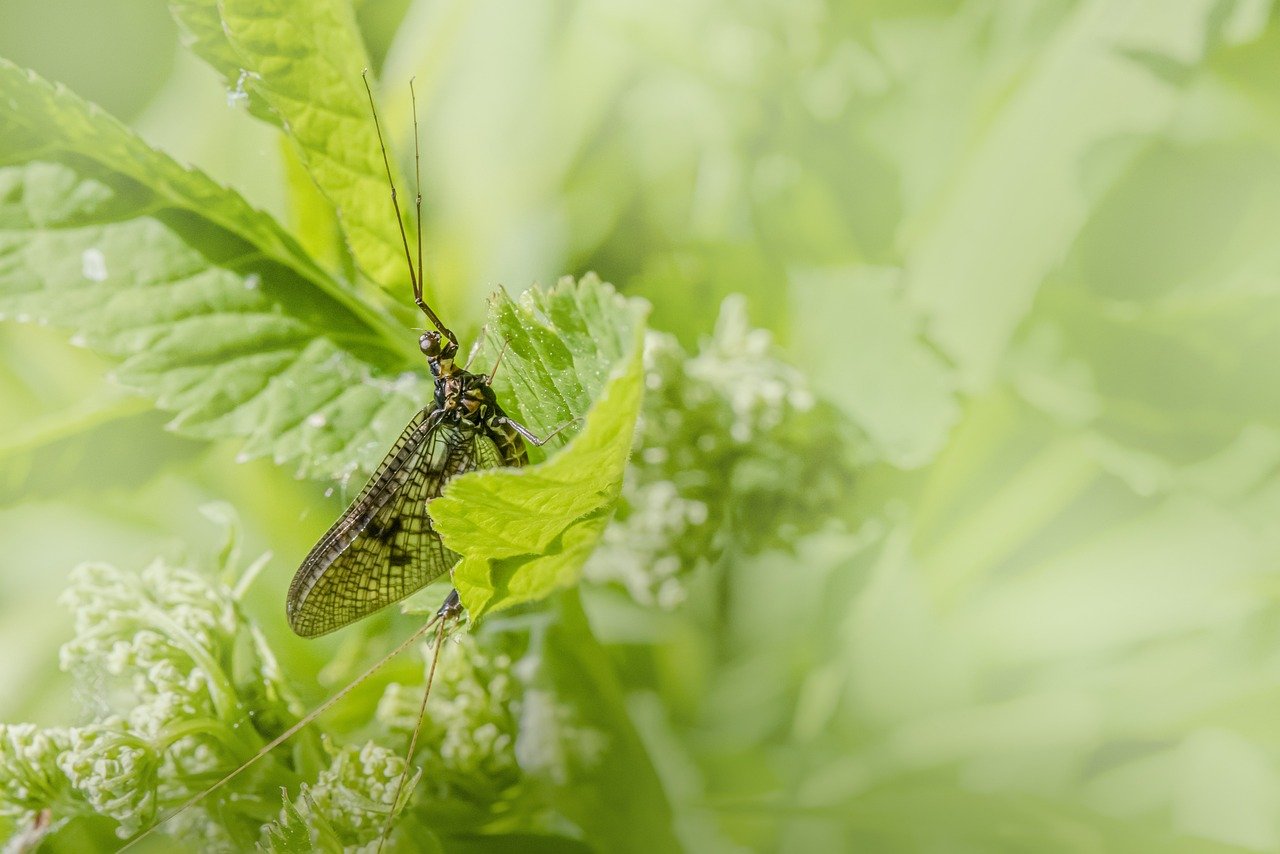Mayflies are aquatic insects belonging to the order Ephemeroptera. They are characterized by their short adult lifespan, typically ranging from a few hours to a few days, depending on the species. Mayflies undergo incomplete metamorphosis, meaning they have three life stages: egg, nymph, and adult.
The nymphs live underwater, where they feed on algae and organic debris. They are an important part of freshwater ecosystems and are often used as indicators of water quality. After a period of growth and development, nymphs emerge from the water, shedding their aquatic skin and transforming into winged adults.
Mayflies are known for their synchronized mass emergences, often referred to as “hatches,” which can create spectacular displays as large numbers of individuals swarm in the air. These hatches serve important ecological roles, providing food for various predators such as fish, birds, and bats.
Although adult mayflies have short lifespans, they play a crucial role in nutrient cycling and ecosystem functioning. After mating, females lay their eggs in the water, and the cycle begins anew. Despite their brief adult stage, mayflies have evolved various adaptations and behaviors to maximize their reproductive success within their short lifespan.
Views: 1220
Subscribe to the newsletter:
